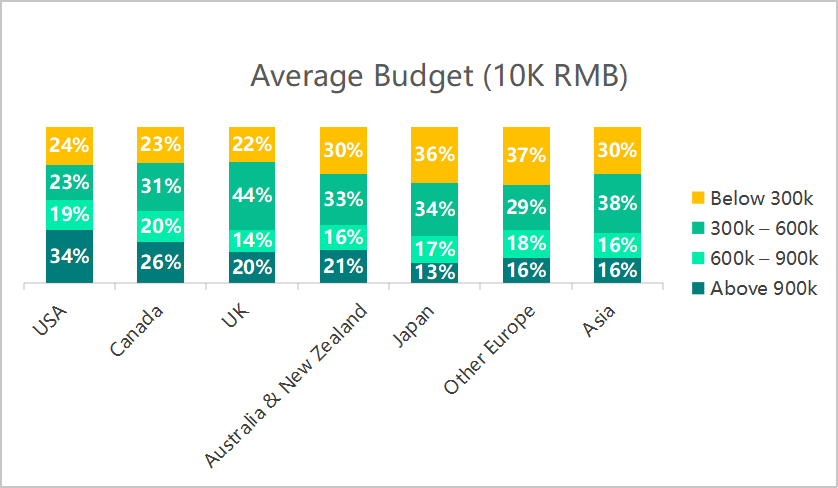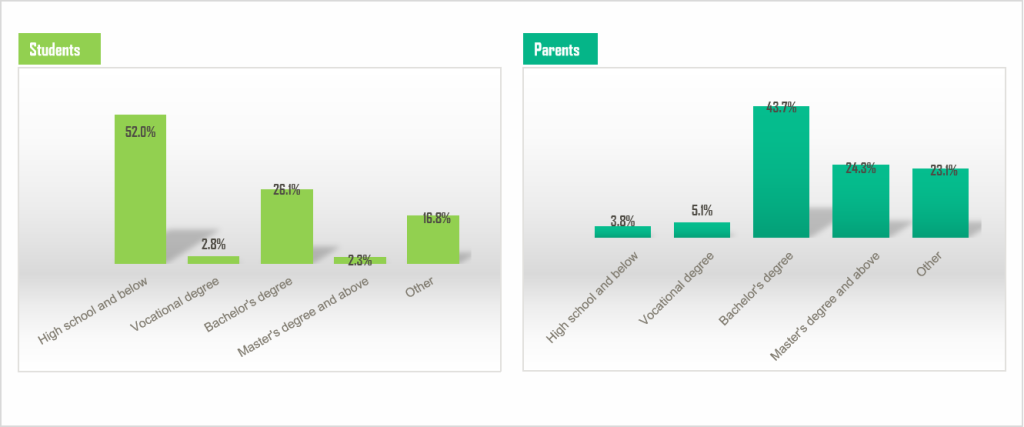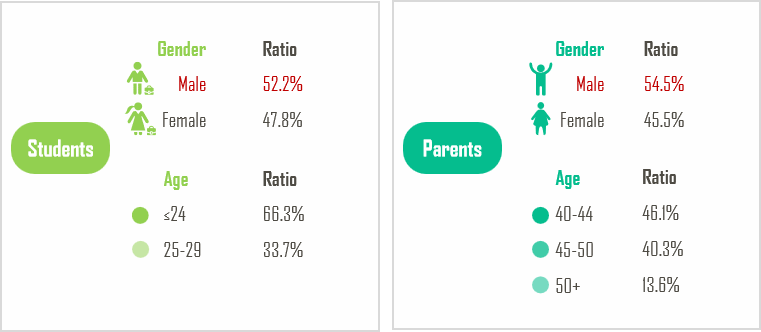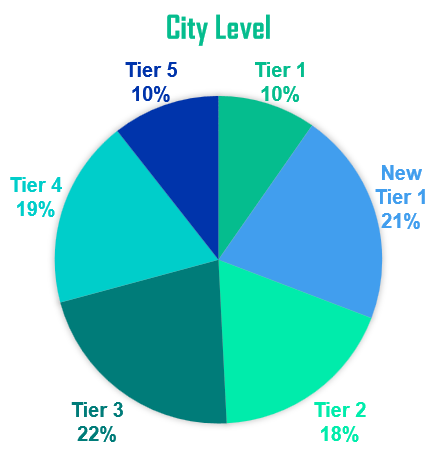According to the Chinese Ministry of Education, the number of Chinese students studying abroad has rebounded significantly. After a rapid recovery from 451,000 in 2020 to 661,000 in 2022, followed by a strong increase from 545,000 in 2023 to 704,000 in 2024, the figure has now returned to pre-pandemic levels.
01 Top Education Destinations
Data from the 2024 White Paper on Chinese Students’ Overseas Study Preparation published by New Oriental shows that the United Kingdom, the United States, and Australia remained as the top three most popular study destinations in 2024. Asia also demonstrated remarkable performance, with Hong Kong (China) ranking fourth on the list. Notably, Australia secured its position among the top 3 preferred destinations for the first time, while Asian regions showed particularly strong appeal.

Over the past decade (2015-2024), the U.K. and the U.S. have alternated as the most sought-after study destinations. During the first five years, the United States maintained its dominance through its world-class educational resources and robust academic strengths, attracting substantial numbers of Chinese students. However, in the latter half of the decade, the United Kingdom surpassed its counterpart by leveraging its shorter program durations and relatively stable political climate, ultimately becoming the preferred choice for prospective Chinese international students.
Factors behind might include education capabilities & qualities, working prospects, university/major rankings, safety, culture, and budgets. According to Qide Education’s 2025 Chinese Overseas Study White Paper, from 2021 to 2025, education capabilities & qualities stays in the first place; working prospect, university/major rankings, safety, and culture keeps in the 2nd place to the 5th place; budget kept growing from the 8th place to the 6th place, indicating the importance of total spends grows year on year.

02 Budget, a factor with growing importance
The average budget for studying abroad in different countries and regions diverse from 500 thousand RMB to 625 thousand RMB. Basically, the U.S., Canada, and the U.K. are the top expensive study destinations for Chinese students. While Japan, Europe, and other Asia countries are more economically friendly.

03 YOYI DMP said:“ Affecting the end-user while persuading the key decider.”
3.1 Students and Parents, the duo system in China’s studying abroad
The unity of Chinese families gives students more freedom of studying choices. The parents would like to invest in their children’s education even after their age of 18. Therefore, the study abroad context of Chinese students is quite different from that of the other parts of the world. The children make their international studying decisions together with their parents, and their parents will support them financially.
Hence, it’s important to affect students and their parents together in their interests period and convince their parents in the buying period.
3.2 Education Background that affects the way of communication
Here’s an educational allocation for Chinese students who would like to study or are currently studying abroad. In Conclusion, from the students’ perspective, the younger generation with a high school degree or below would like to prepare for their overseas education for a bachelor’s degree and below, which accounts for 52% of the overall group. While those with bachelor’s degrees would also pursue a higher degree, on master’s or doctor’s degree, which halves the number of students with a high school degree and below. As high school students are more likely to spend more years on their attaining their degrees than the bachelors, hence they might spend more.
For their parents, 68% have a bachelor’s degree and above, which means colleges abroad need to choose a more acceptable way to communicate with them, especially through data and facts to declare the prosperous future they can bring to the students.

For both students and parents, the gender is almost even. The majority of students are under 24 years old, and over 86% of parents are between 40 and 50.

3.3 Lower-tier cities with great potential
Among the top 10 cities where intended international students locate, Shanghai, Beijing, Guangzhou, and Shenzhen are all 1st -tier cities, and 6 other cities are the new 1st -tier cities. 1-st tier and new 1st-tier cities demonstrated a high level of commercial resources concentration, city hub connectivity, urban population activity, lifestyle diversity, and future potential.

And from the full picture, (New) Tier 1 Cities cover 31% of overseas studying audiences. However, all tier 2, tier 3, and tier 4 cities holds around 20% of overseas studying audiences, which cannot be ignored by education destinations. Actually, studying abroad is no longer a special treat for Chinese population in accordance with the quick development of economy. Overseas study shows a trends of being normal and populist in China.

To learn more details on overseas study persona in China and how to target, drive interests, engage and convert them, please feel free to contact us by email: marketing@yoyi.com.cn. Our professionals will establish a suitable marketing strategy based on our DMP insights according to your needs.
Source of featured image: Photo by Zoshua Colah on Unsplash
